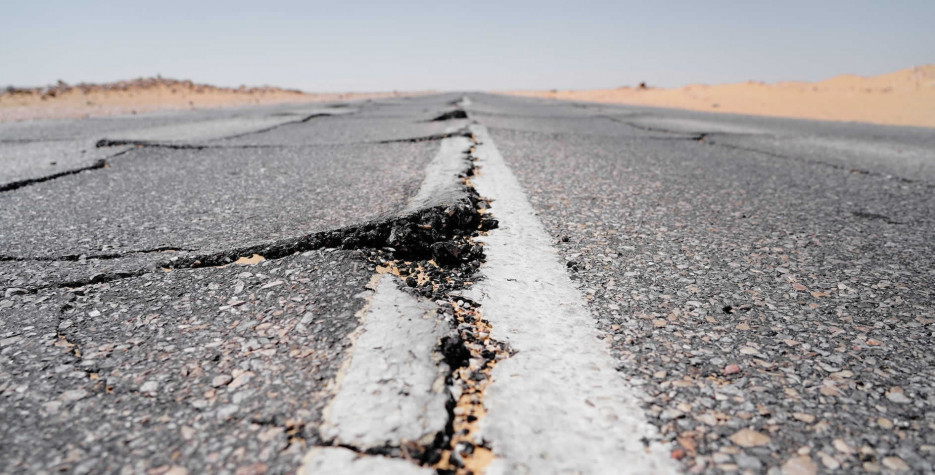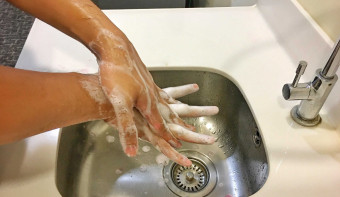About International ShakeOut Day
Since 2008, this observance on the third Thursday in October is a great opportunity to participate in earthquake drills. A few minutes to check safety could save your life and those of your loved ones.
Many areas of the globe are prone to earthquakes.
You could be anywhere when an earthquake strikes: at home, at work, at school or even on vacation. Are you prepared to survive and to recover quickly?
Great ShakeOut earthquake drills are an opportunity to practice how to be safer during earthquakes: "Drop, Cover and Hold On." ShakeOut also has been organized to encourage you, your community, your school, or your organization to update emergency plans and supplies, and to secure your space in order to prevent damage and injuries.
If you’ve experienced an earthquake before, then you know how scary they can be. Watching the ground shake and rumble often creates confusion and panic; and even if you know what to do, it can be hard to get the people around you to follow suit.
If you’ve never experienced an earthquake before, then being prepared is crucial. When an earthquake brakes out, people who don’t follow recommended protocols often put themselves and others in danger.
Really, there is no reason not to be sufficiently versed in proper procedures. Why? They’re so easy to understand and execute!
Step 1: Learn & Teach Drop, Cover, & Hold On
Drop, Cover, & Hold On is the ultimate quake-safe action designed to protect lives from falling or flying objects. To execute the drop, cover, & hold on procedure, follow each move step-by-step:
Drop to your hands and knees immediately. This position gives you stability: if you don’t drop, the quake could knock you down violently. Staying low also allows you to crawl to nearby shelter.
Cover your head and neck with one arm and hand; bend over to protect your vital organs. Next, look for a sturdy table or desk to crawl underneath for added protection. If there is no shelter nearby, crawl next to an interior wall (away from windows).
Hold On to something sturdy, like the leg of a table, until the shaking stops. Holding on will give you added stability in case your body is pushed by the force of the quake.
Step 2: Define Cover Areas
As an employer or safety manager, it is important that you define recommended cover areas in your workplace. Before executing the drill, make sure that people know where to take cover, regardless of where they may be at the time of an earthquake. For example, if an employee is walking the halls during a quake, then they should try to quickly spot a windowless wall to crawl near.
Step 3: Simulate An Earthquake
At first, it’s best to conduct the drill on a specific day at an exact time. This way, people will be ready to practice what they’ve learned. Simulate an earthquake by playing live recordings of earthquakes over a loudspeaker or intercom. Recordings can be downloaded from the broadcast resources page on the shakeout website.
Step 4: Ask For Feedback & Discuss Findings
Once the practice drill is complete, break up into groups or hold a company-wide assembly, and ask for feedback: What went well? What can be improved?
Step 5: Make it a Habit
To ensure true vigilance and mastery of these procedures, it is best that earthquake drills occur randomly. These random drills will test employee retention and skill.
Find out moreSimilar Observances
Copernicus Day
Read More
World Quantum Day ⚛️
Read More
Other Observances on October 15th 2026
National Pregnancy and Infant Loss Awareness Day
Read More
Global Handwashing Day
Read More










